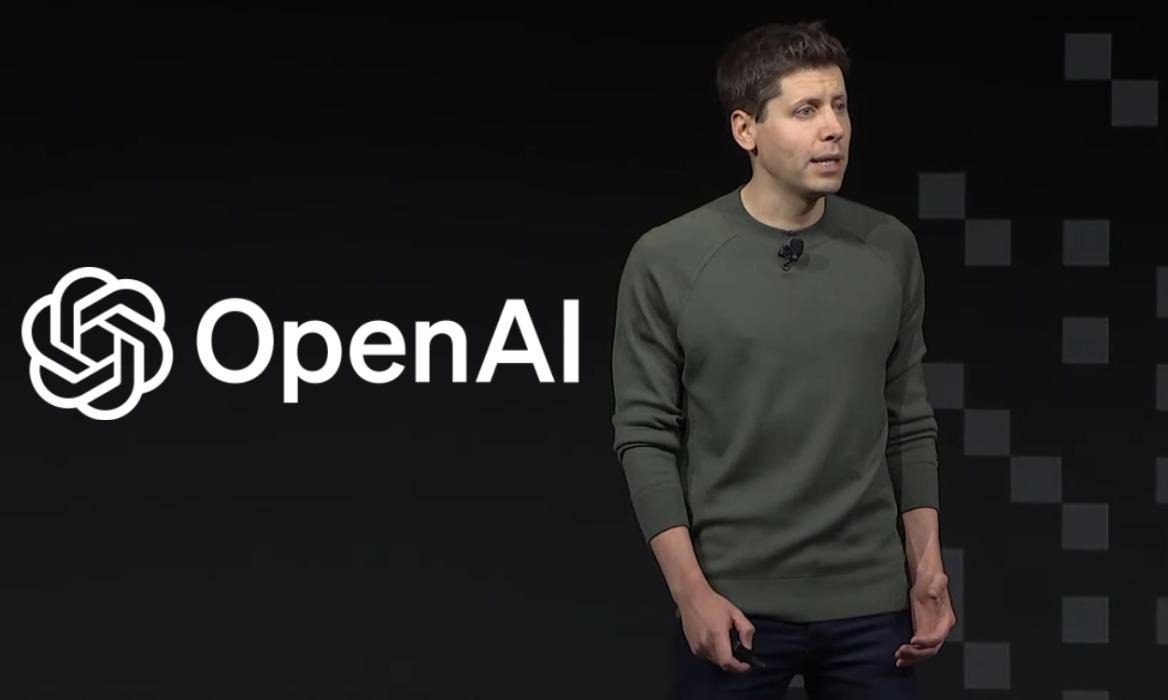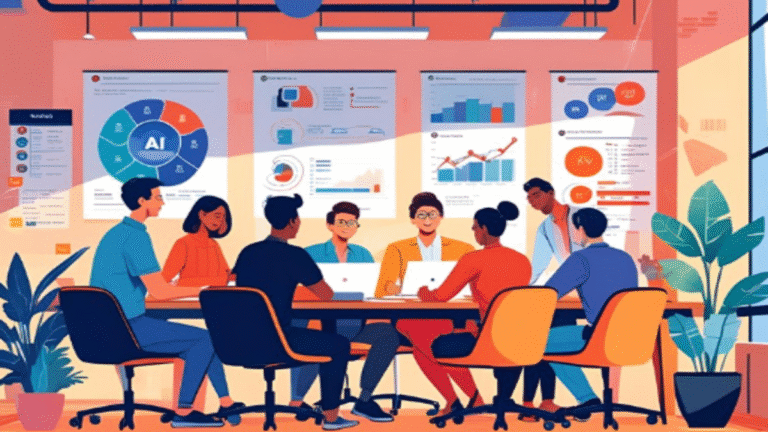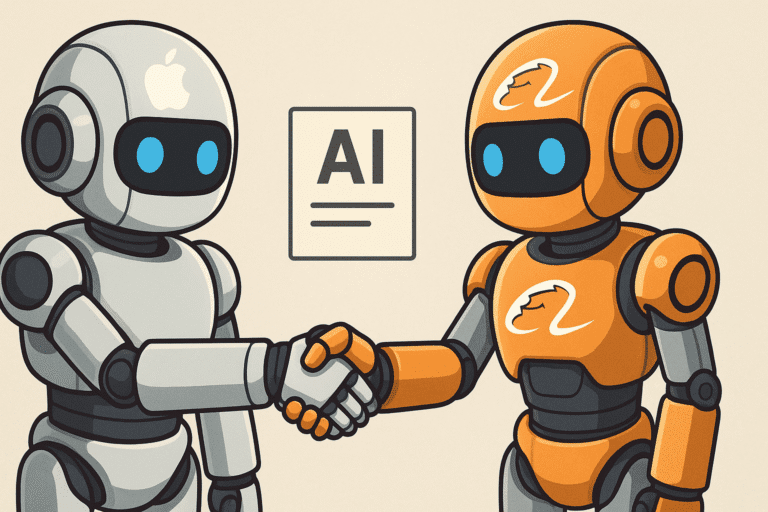
In what industry insiders are calling China’s “DeepSeek moment,” the emerging open-source AI model is rapidly reshaping the competitive landscape—potentially giving Sam Altman sleepless nights.
“If you think about OpenAI’s operating costs of $7 billion in 2024, DeepSeek probably operated with just 2% of that expense,” explains Kai-Fu Lee, one of China’s leading AI figures. “With that kind of formidable competitor, I think Sam Altman is probably not sleeping well.”
The surge in DeepSeek’s popularity happened almost overnight. During the Chinese holidays, everyone was talking about it, and when business leaders returned to work, they were demanding: “Put DeepSeek to work at my company.” What they quickly discovered, however, was that while DeepSeek offered remarkable AI capabilities, it lacked the middleware and user interfaces needed to connect with corporate databases and build practical applications.
That’s where Lee’s company, 01.AI, spotted an opportunity. “We saw DeepSeek making great momentum and decided to bet on it by building that missing middleware and UI,” Lee explains. “So DeepSeek can be made useful in corporations.”
The solution addresses a critical gap. One CEO who encouraged employees to use DeepSeek discovered they were primarily using it for novelties like “fortune telling” rather than deep integration with business systems. Companies need models that understand their specific industries—Bloomberg needs finance expertise; Ping An needs insurance knowledge.
“It’s sort of like if I gave you a Windows kernel, the core operating system, you wouldn’t know what to do with it,” Lee explains. “You need all the Windows layer, the application interfaces so the kernel can be useful. We’re providing that layer for DeepSeek.”
Lee’s assessment of the AI race between China and the United States suggests a fundamental shift: “In both US and China, the pre-training of giant models has consolidated, and it’s become clear that open source will be the winner.”
This reality has shocked companies like OpenAI and Anthropic, who built businesses believing they could create superior closed models. The emergence of comparable open-source alternatives available at dramatically lower costs changes everything.
“The issue really isn’t whose model is 1% better. I think they’re all very good,” says Lee. “But the issue is: is OpenAI’s model even sustainable? You’re spending $7 billion a year making a massive loss. And here you have a competitor coming in with an open-source model that’s free.”
DeepSeek’s efficiency isn’t just about being open-source. Facing chip sanctions and GPU shortages, Chinese developers had to innovate out of necessity. “Because they had so few GPUs, they had to make them 10 times more effective,” Lee notes. “DeepSeek actually benefited from having fewer resources and was able to make training and inference at five to ten times lower expense than OpenAI.”
Looking ahead, Lee believes China’s AI landscape will likely consolidate around three main players: DeepSeek, Alibaba, and ByteDance. “In most markets, you end up with room only for two – the winner who makes a ton of money, the runner-up who breaks even, and everyone else who dies.”
Venture capital is following this evolution. Investors in both the US and China are shifting away from funding foundation models and toward AI infrastructure, applications, and enterprise solutions. “AI funding is going gangbusters,” Lee says. “It’s just that nobody wants to fund pioneer models.”
China’s government is also throwing its weight behind AI development through what it calls “new quality productivity” – using high-tech to transform traditional industries. Local governments are particularly active, with city officials asking how AI can strengthen regional industries and boost GDP.
The AI race remains fiercely competitive, with Lee naming X.AI’s Grok and DeepSeek as the fastest-moving companies, followed by OpenAI, Alibaba, Google, and Anthropic. He also highlights ByteDance as an underestimated competitor because of their massive user base and monetization potential.
As the battle for AI dominance intensifies, DeepSeek’s emergence suggests a new paradigm – one where efficiency, practical applications, and sustainable economics might matter more than marginal performance advantages. And that could reshape the industry’s power dynamics more dramatically than anyone expected.








1 thought on “2% of the Cost, 10x the Disruption: The AI Movement Keeping Altman Up at Night”